
TagIntegrated Information Theory (IIT)

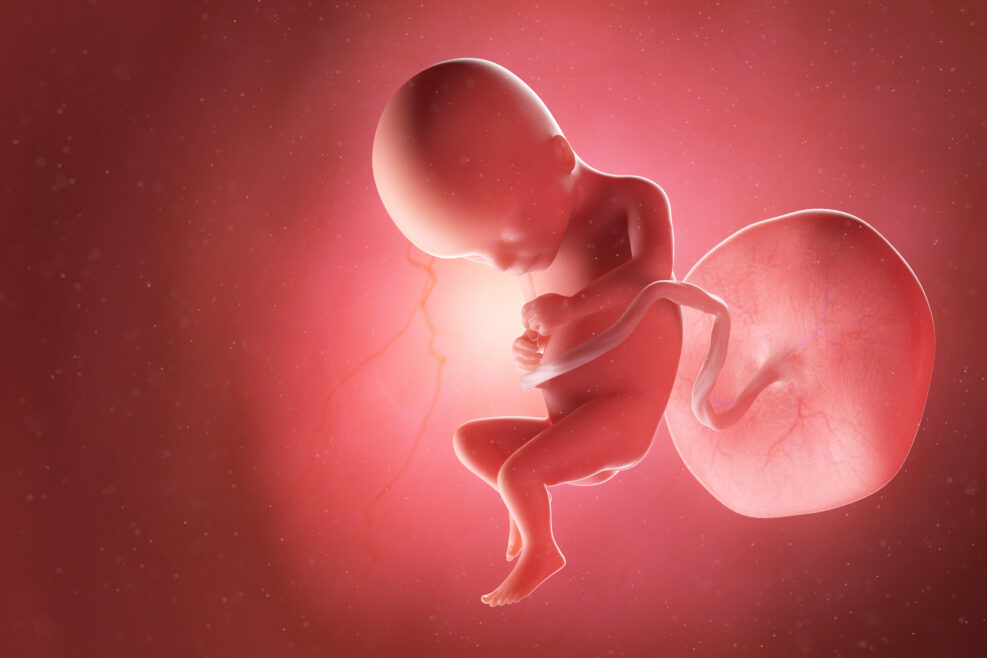
Attack on Top Consciousness Theory Springs From Abortion Politics
If that sounds surprising and unscientific, read on. Pro and con, they make it clear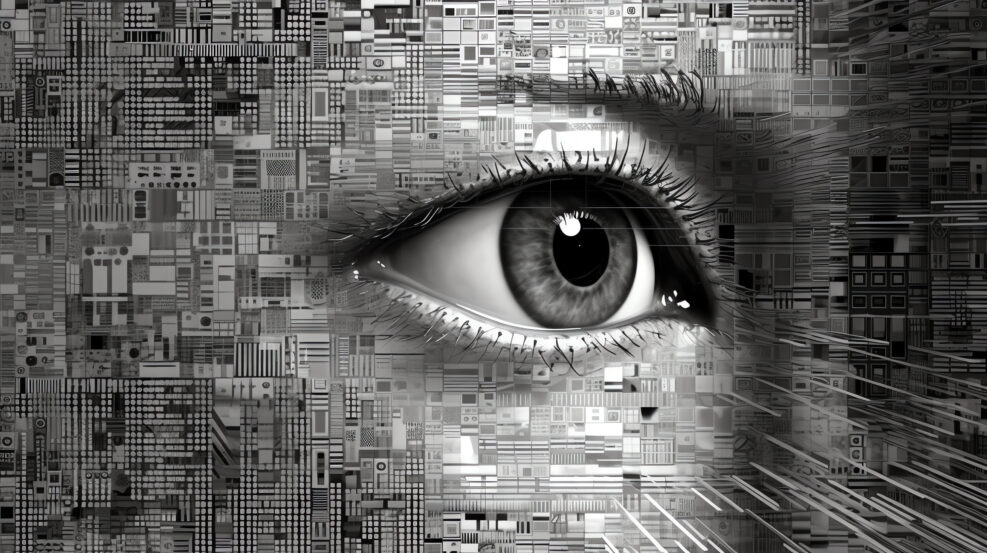
Leading Consciousness Theory Slammed as “Pseudoscience.” Huh?
Integrated Information Theory’s panpsychist leanings are the 124 neuroscientist critics’ real target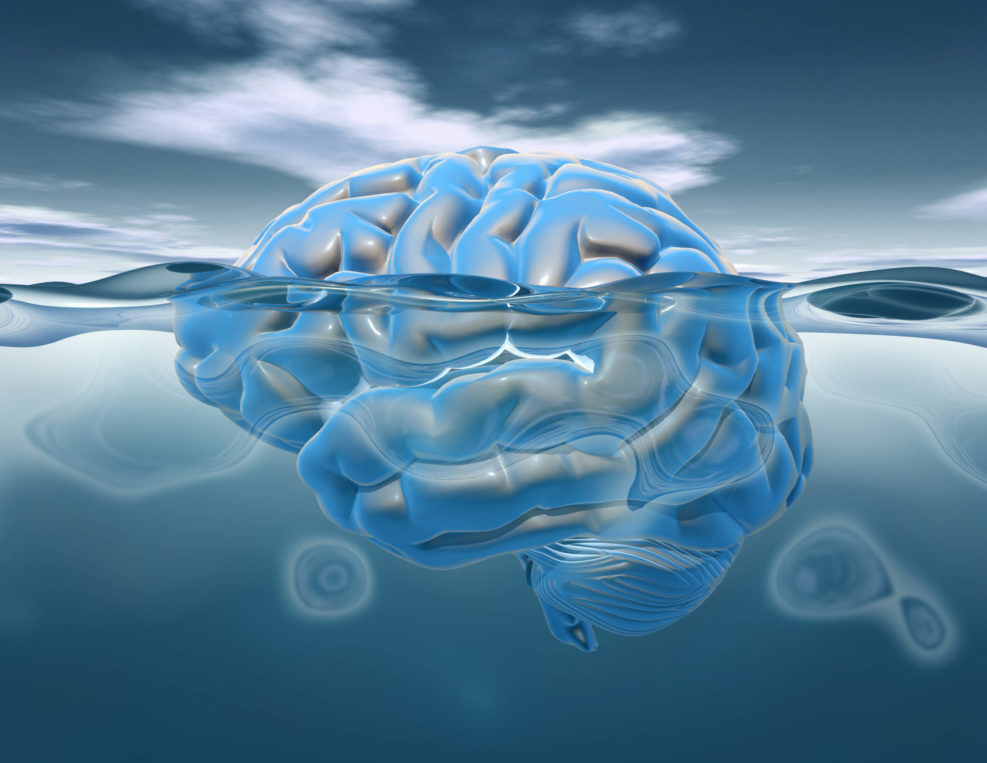
Consciousness Experiments Confirm Each Research Group’s Theories
Human consciousness is by far the biggest mystery in the universe. We can be pretty sure that a researcher bold enough to claim to have found simple answer is mistaken. A recent study out of Tel Aviv University dramatically illustrates the problems we face. The researchers, focusing on the methods of study (methodological choices) that consciousness researchers from various schools of thought chose, found that a computer program could predict their results with 80% accuracy. That wasn’t supposed to happen: “The big question is how consciousness is born out of activity in the brain, or what distinguishes between conscious processing and unconscious processing,” Prof Mudrik explains. “For example, if I see a red rose, my visual system processes the information Read More ›
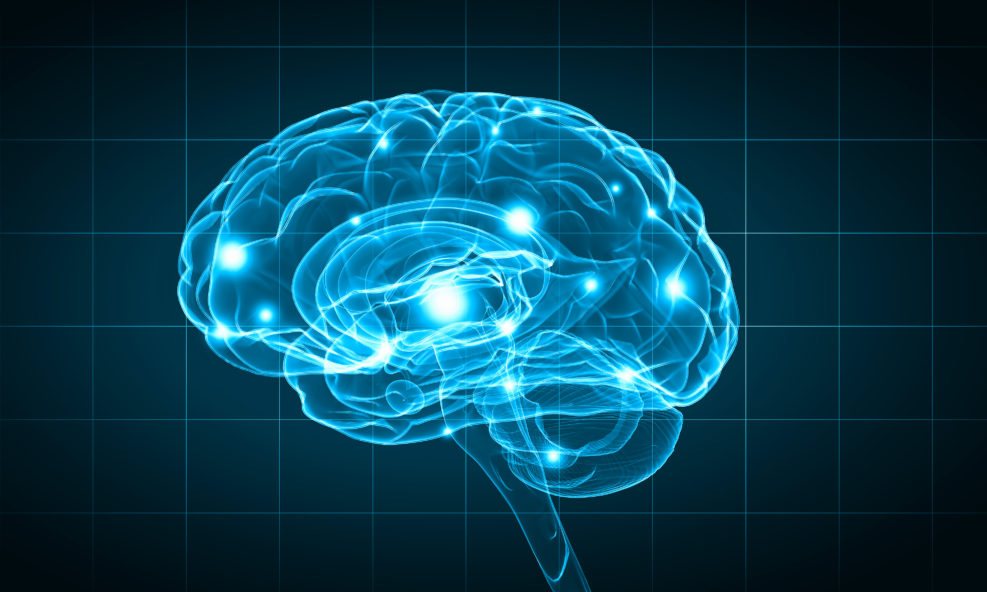
GWT: A Leading Consciousness Theory Depends on Information Theory
Not mechanism. If Global Workspace Theory (GWT) is a good approach to consciousness, there is no “consciousness spot” in the brain.Recently, we have looked at the Integrated Information Theory (IIT) of human consciousness, as set out by well-known Allen Institute neuroscientist Christof Koch. Another leading contender (and rival) is Global Workspace Theory (GWT) — it pictures the brain as an orchestra with many conductors. IIT is panpsychist in orientation (the universe participates in consciousness; human consciousness is the most highly developed instance) whereas GWT uses information theory to capture an image of consciousness via observations of the brain at work. A recent essay in Psyche by two GWT proponents, Morten L. Kringelbach and Gustav Deco, introduces us to GWT: … given the distributed nature of the brain hierarchy, there is unlikely to be just a single ‘conductor’. Instead, in 1988 Read More ›
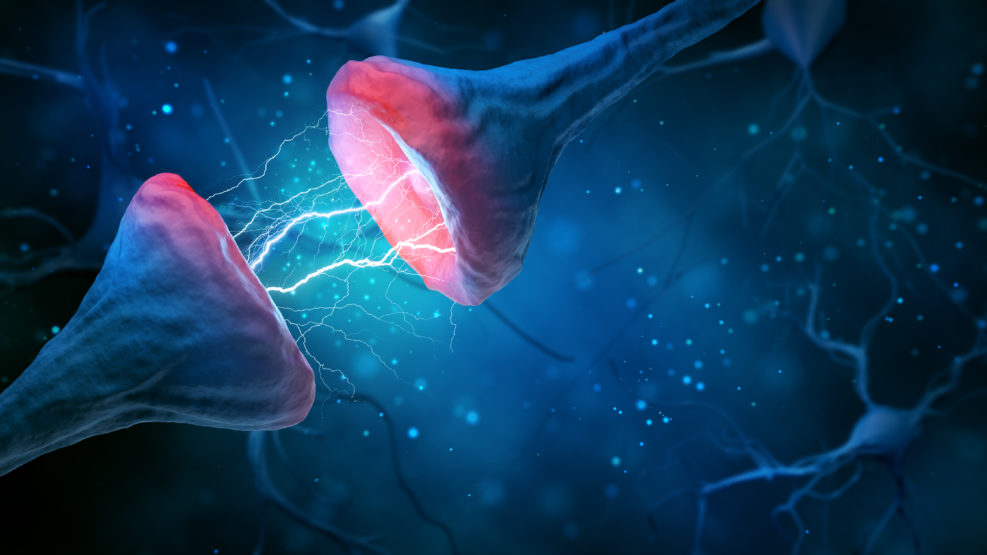
Will We Soon Be Able to Test Theories of Consciousness?
Proponents of two leading theories of consciousness are trying to develop tests for their models, in a hitherto baffling fieldScience journalist and author Anil Ananthaswamy has written a thoughtful piece at New Scientist on the leading models of consciousness and their relationship to quantum mechanics (quantum physics). Are we reaching the point where we can test at least one of them? Ananthaswamy is well qualified to assess the arguments. He is the author of both Through Two Doors at Once (2018) on quantum physics and The Man Who Wasn’t There (2015) on the nature of the self. Models of consciousness that assume that “consciousness isn’t separate from the material reality that physics explains” (materialist or naturalist theories) fall into three general classes, as he explains. Analysts like Tufts philosopher Daniel Dennett and Princeton neuroscientist Michael Graziano argue that consciousness Read More ›
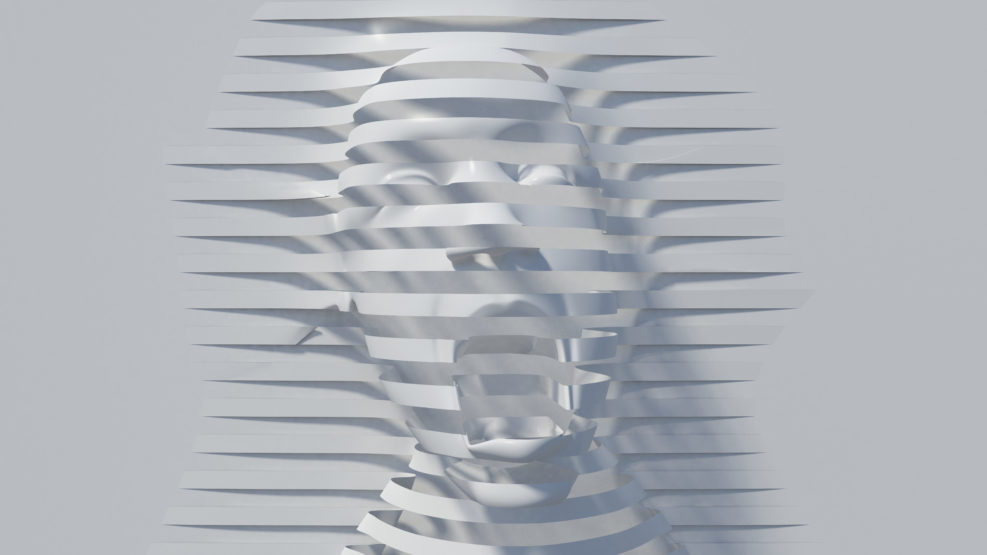
Panpsychism Is, in Angus Menuge’s View, a Desperate Move
But he thinks it is worth keeping an eye on as an understandable reaction to materialismIn Walter Bradley Center director Robert J. Marks’s second podcast with philosopher Angus Menuge, the big topic is the perennial “Hard Problem of consciousness and various proposed solutions. Last time, they talked about the surprisingly large philosophical problem created by a concept like “red.” This time, they talk about whether Integrated Information Theory (IIT) and panpsychism in general are a way out of the dead end of naturalism. That is, if our science hypothesis is that consciousness is just an illusion, then we don’t — and can’t — have a hypothesis. There must be a better solution than that: https://episodes.castos.com/mindmatters/Mind-Matters-134-Angus-Menuge.mp3 This portion begins at 10:35 min. A partial transcript, Show Notes, and Additional Resources follow. Robert J. Marks: Okay. Let’s Read More ›

Quick Facts on IIT (the Leading Theory of Consciousness)
IIT may be part of a trend in science in which emergence and panpsychist theories are slowly replacing materialist and physicalist onesConsciousness, as a concept, is so easy to experience and so hard to define. Or explain. The most popular current theory of consciousness is Integrated Information Theory (IIT), pioneered by neuroscientist Giulio Tononi and championed by Allen Institute neuroscientist Christof Koch. For the purpose of discussing IIT, science writer Mike Hogan works with this definition: Consciousness for purposes of this theory is defined as ‘self-awareness’ or the Central-Identity; the inner-voice that allows your brain to talk to itself, an awareness that ‘you’ exist, the rationalization of your own relevance to that existence, and an awareness of the cause and effect of your actions in regard to yourself and your environment. Mike Hogan, “The Best Available Story of Human Consciousness” at Read More ›

Dr. Angus Menuge: Models of Consciousness (Part II)
What is it like to see a red rose? To smell a red rose? To feel pain? In this week’s podcast, Dr. Robert J. Marks and Dr. Angus Menuge continue their discussion on philosophies of the mind, delving into competing definitions of consciousness. Show Notes Additional Resources

Why Would a Neuroscientist Choose Panpsychism Over Materialism?
It seems to have come down to a choice between “nothing is conscious” and “everything is conscious”A really significant change in brain science in recent years has been the gradual acceptance in mainstream science venues of sympathy for panpsychism — the position that everything is conscious to some degree. Leading neuroscientist Christof Koch, for example, explained last month in MIT Reader: But who else, besides myself, has experiences? Because you are so similar to me, I abduce that you do. The same logic applies to other people. Apart from the occasional solitary solipsist this is uncontroversial. But how widespread is consciousness in the cosmos at large? How far consciousness extends its dominion within the tree of life becomes more difficult to abduce as species become more alien to us. One line of argument takes the principles Read More ›
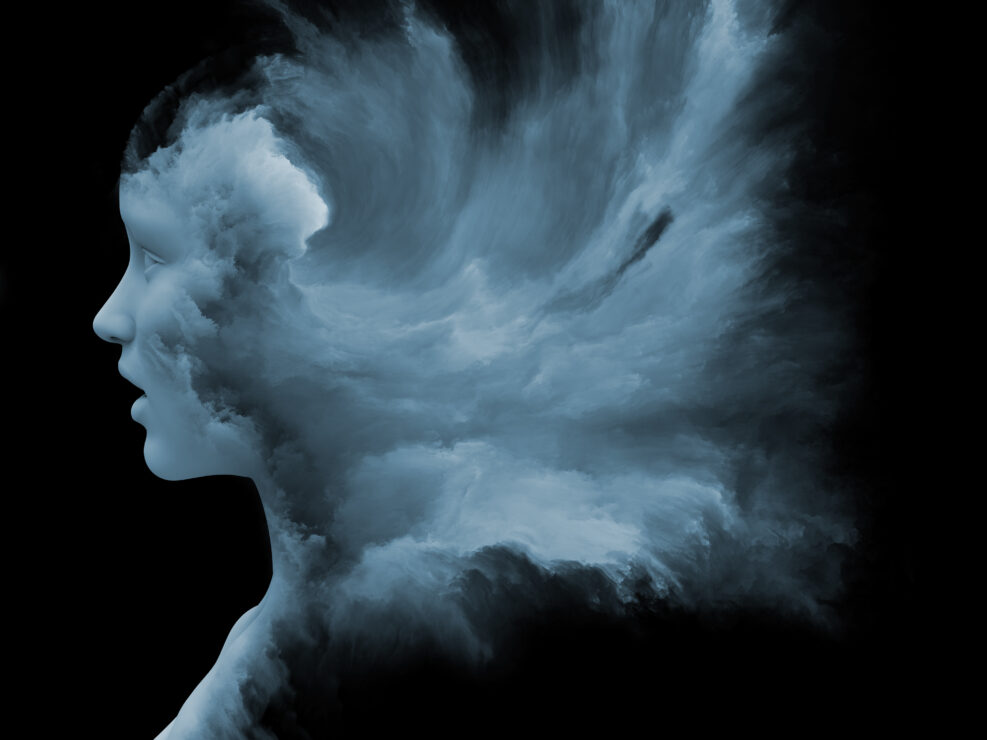
A Theoretical Physicist Grapples With the Math of Consciousness
Looking at the various theories, she is not very happyShe’s not very happy with what she sees: The currently most popular mathematical approach to consciousness is integrated information theory, IIT for short. It was put forward by a neurologist, Giulio Tononi, in two thousand and four. In IIT, each system is assigned a number, that’s big Phi, which is the “integrated information” and supposedly a measure of consciousness. The better a system is at distributing information while it’s processing the information, the larger Phi. A system that’s fragmented and has many parts that calculate in isolation may process lots of information, but this information is not “integrated”, so Phi is small. For example, a digital camera has millions of light receptors. It processes large amounts of information. But the Read More ›
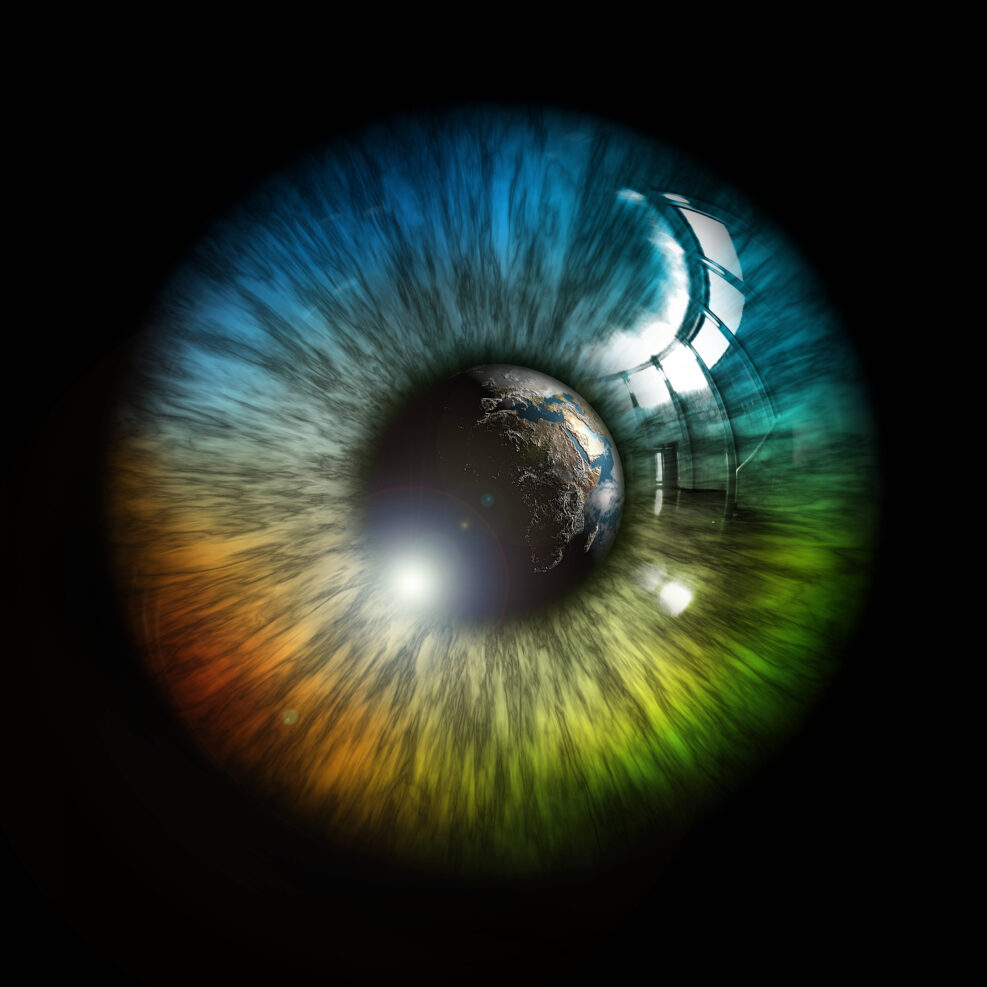
Why Is Science Growing Comfortable with Panpsychism (“Everything Is Conscious”)?
At one time, the idea that “everything is conscious” was the stuff of jokes. Not any more, it seemsA recent article at New Scientist treats panpsychism as a serious idea in science. That’s thanks to the growing popularity of neuroscientist Giulio Tonioni’s Integrated Information Theory (IIT), which offers the opportunity for mathematical modeling, along with the implication that inanimate matter and/or the universe may be conscious. If IIT continues to gain a sympathetic hearing, panpsychism could become, over time, a part of normal science.
Read More ›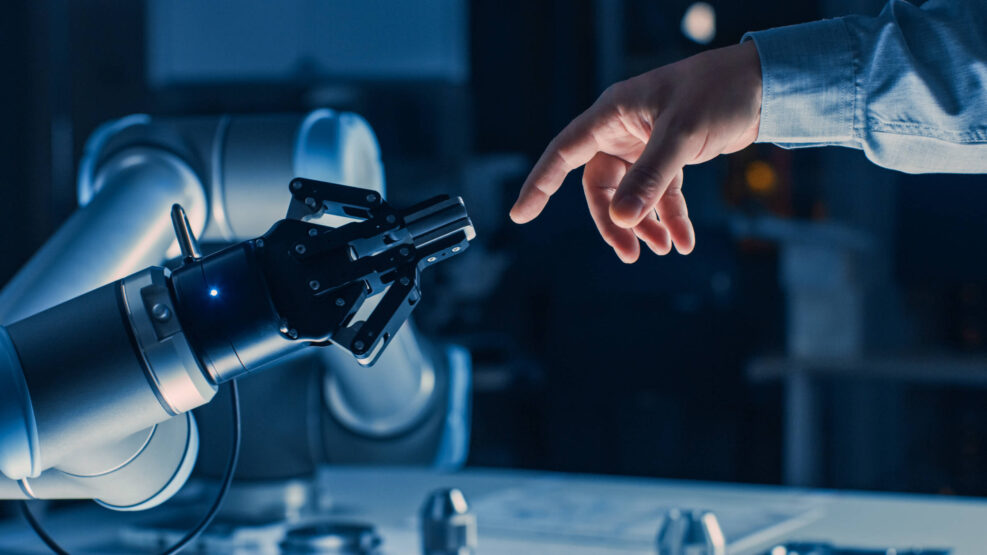
Can Machines Be Given Consciousness?
A prominent researcher in consciousness studies offers reasons for doubtTwo theories of human consciousness are about to be tested in a historic contest. Integrated Information Theory (IIT) of consciousness and rival Global Workspace Theory (GWT) have sharply different implications for consciousness in machines.
Read More ›
Quest for Consciousness: A Historic Contest Is Announced
The two theories to be tested pit "information processing" against "causal power" as a model of consciousness. One side must admit it is wrongConsciousness is a slippery concept but the two prominent theories make different predictions as to which part of the brain will become active when a person becomes aware of an image; thus they can be tested by neuroscientists.
Read More ›